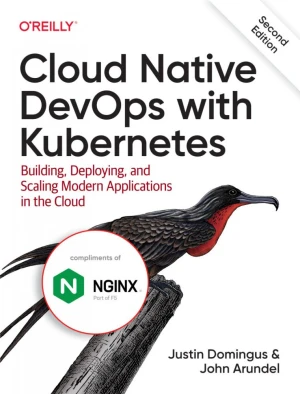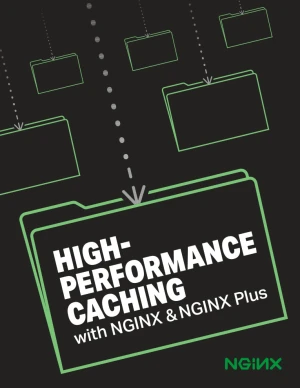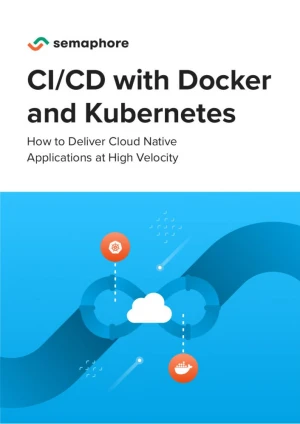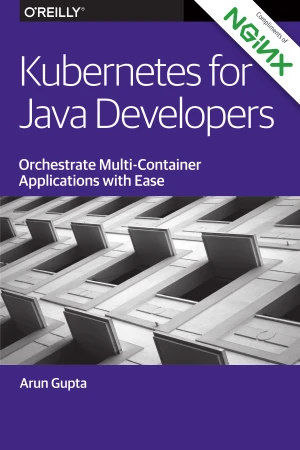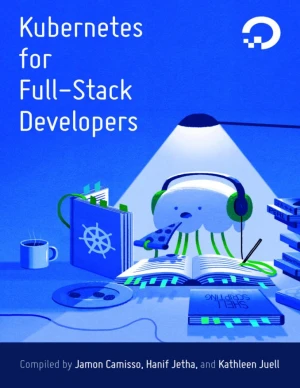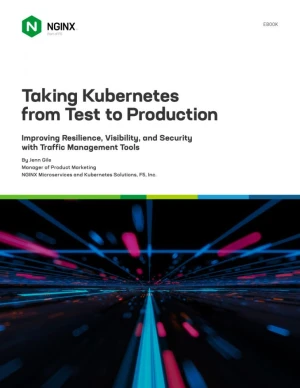Knative Cookbook
Building Effective Serverless Applications with Kubernetes and OpenShift
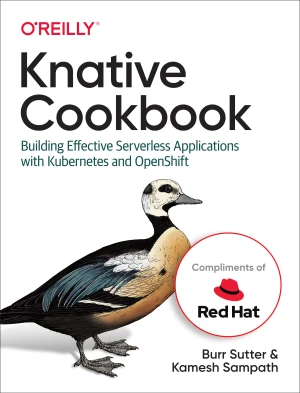
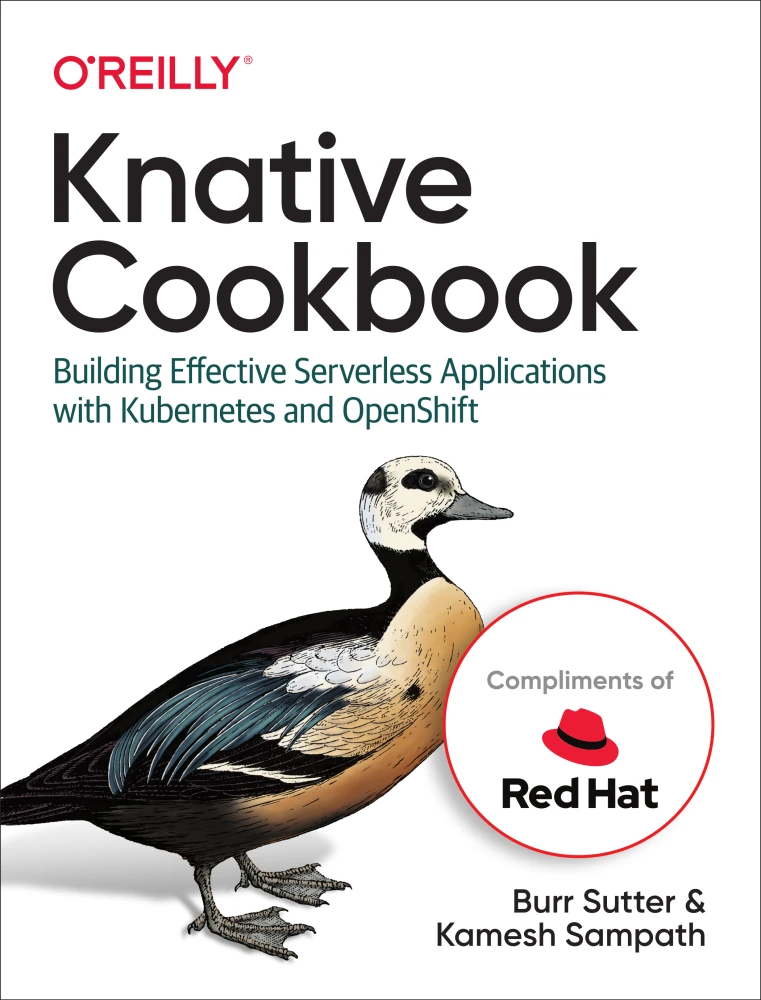
Book Details
| Authors | Burr Sutter, Kamesh Sampath |
| Publisher | O'Reilly Media |
| Published | 2020 |
| Edition | 1st |
| Paperback | 158 pages |
| Language | English |
| ISBN-13 | 9781492061182, 9781492061199 |
| ISBN-10 | 1492061182, 1492061190 |
| License | Compliments of Red Hat |
Book Description
Enterprise developers face several challenges when it comes to building serverless applications, such as integrating applications and building container images from source. With more than 60 practical recipes, this cookbook helps you solve these issues with Knative - the first serverless platform natively designed for Kubernetes. Each recipe contains detailed examples and exercises, along with a discussion of how and why it works.
If you have a good understanding of serverless computing and Kubernetes core resources such as deployment, services, routes, and replicas, the recipes in this cookbook show you how to apply Knative in real enterprise application development. Authors Kamesh Sampath and Burr Sutter include chapters on autoscaling, build and eventing, observability, Knative on OpenShift, and more.
With this cookbook, you'll learn how to:
- Efficiently build, deploy, and manage modern serverless workloads
- Apply Knative in real enterprise scenarios, including advanced eventing
- Monitor your Knative serverless applications effectively
- Integrate Knative with CI/CD principles, such as using pipelines for faster, more successful production deployments
- Deploy a rich ecosystem of enterprise integration patterns and connectors in Apache Camel K as Kubernetes and Knative components
This book is published as open-access, which means it is freely available to read, download, and share without restrictions.
If you enjoyed the book and would like to support the author, you can purchase a printed copy (hardcover or paperback) from official retailers.
Download and Read Links
Share this Book
[localhost]# find . -name "*Similar_Books*"
Cloud Native DevOps with Kubernetes, 2nd Edition
Kubernetes has become the operating system of today's cloud native world, providing a reliable and scalable platform for running containerized workloads. In this friendly, pragmatic book, cloud experts Justin Domingus and John Arundel show you what Kubernetes can do-and what you can do with it. This updated second edition guides you through the gro
High-Performance Caching with Nginx and Nginx Plus
One of its most important capabilities is content caching, which is a highly effective method for improving a website's performance. In this ebook, the authors describe how NGINX caches content, how to implement caching and cache clustering, and some of the ways to improve performance. The text provides a deep dive into how content caching truly wo
CI/CD with Docker and Kubernetes, 2nd Edition
Containers change how developers build, test, and deploy code. Adopting them takes time, and using them incorrectly can slow down the delivery process. Not every organization has a dedicated team of engineers to focus on this transition, unlike companies such as Spotify or Netflix. A startup CTO, for example, may need to prioritize shipping feature
Kubernetes for Java Developers
A Java application typically consists of multiple components, such as an application server, a database, and a web server. Multiple instances of each component are started to ensure high availability. The components usually dynamically scale up and down to meet the always-changing demands of the application. These multiple components are run on a c
Kubernetes for Full-Stack Developers
Whether you're just curious, getting started with Kubernetes, or have experience with it, this curriculum will help you learn more about Kubernetes and running containerized applications. You'll learn about core Kubernetes concepts and use them to deploy and scale applications in practical tutorials. By the end of this curriculum you'll be able to
Taking Kubernetes from Test to Production
With Kubernetes came many new concepts, particularly around networking and traffic management. Alongside these new concepts were entirely new classes of tools, designed for ephemeral, containerized, and distributed application deployments. In particular, Ingress controllers and service meshes did not exist prior to the Kubernetes era. Nor were Laye

